When a driver talks about tires after an event, nine times out of 10 it’s because they’ve had some kind of issue which stopped them from getting the result they expected. But following the opening round of the all-electric SUV series Extreme E, the reaction was almost universally positive.
The reason for the level of optimism was that, following a testing and development regime heavily disrupted by the COVID-19 pandemic, just one puncture was reported. A small miracle given the rocky, treacherous terrain of AlUla in northern Saudi Arabia.
As one of the founding partners of Extreme E, Continental Tires is the exclusive tire supplier of the series and was tasked in 2018 with the job of designing, developing and distributing the most robust and versatile tires in the world.
That’s because Extreme E visits an array of wildly different surfaces: from the sands of Saudi Arabia, to the ice of Greenland and Patagonia and then to Brazil’s Amazon rainforest.
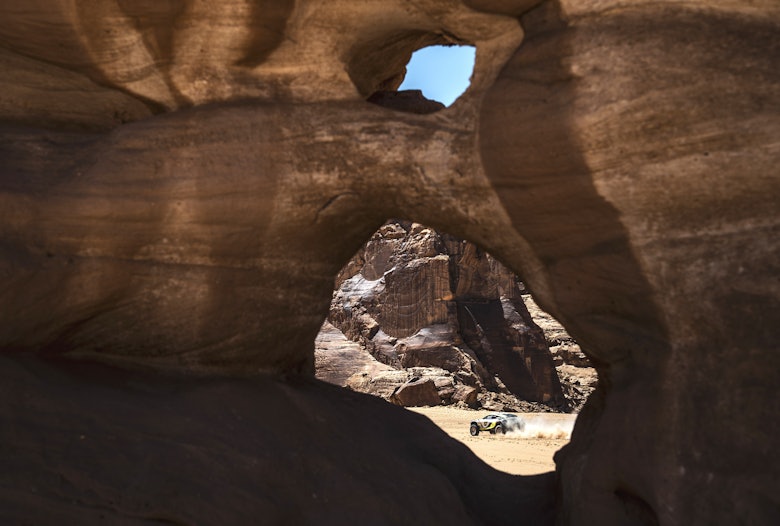
For Continental, the challenge of building tires for Extreme E was unlike any other project, as the company’s tire line engineer Anuj Jain explains.
“Normally it takes between two and three years to develop the perfect tire for a particular application with its own set of requirements,” says Jain, who is responsible for the CrossContact Extreme tire.
“In the case of Extreme E, the biggest challenge was that, on the one hand, we only had about half the time available and, on the other, we had to develop a racing tire for an electric off-road vehicle for different terrains, for a vehicle which was a prototype and under development itself.
“But that was also the special appeal of the task.”
It was clear from the outset that as well as making the tire robust, we needed to produce the ultimate ultra-high-performance producAnuj Jain
Throughout the design and build process, the tire was developed courtesy of a rigorous testing regime during which the Continental team witnessed noticeable improvements, particularly in stability and traction across almost all surfaces.
“We analyzed every characteristic of that segment and optimized it for use in Extreme E in line with our in-house expertise and practical tests,” Jain explained.
“The entire development process was a great learning experience for the whole team: we permanently refined our organizational structure and processes.
“If we’d had to develop a tire exclusively for the race in Saudi Arabia, it would certainly have looked significantly different from our current product,” Jain continues.
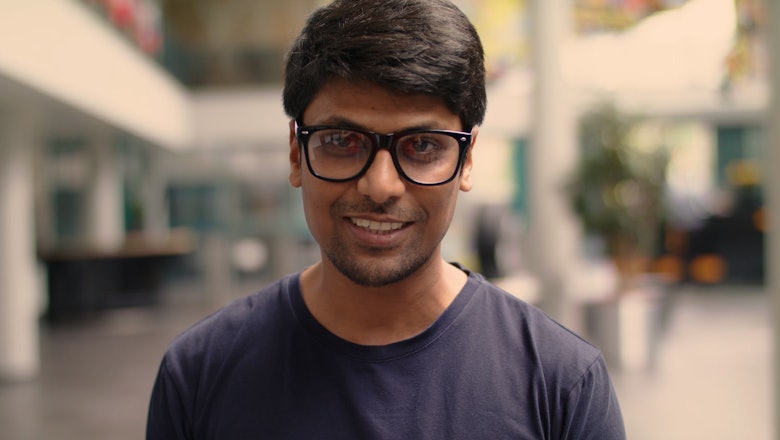
Photo: Continental Tires
“The challenge was to develop a tire that would work on all the terrains in the series; in Saudi Arabia we are talking about sandy terrain in particular, but also rocky sections with heavy dust and high temperatures. The special tread pattern had to be adapted to these challenges and to ensure the tire’s robustness against stone impact.
“We’re very pleased that the tire performed so well on the track [in Saudi Arabia].”
Because Extreme E’s modus operandi is sustainability and the environment, Continental’s build process follows a similar philosophy.
It’s run energy saving programs for more than a decade already and today consumes 55% less water and 17% less energy than the industry average. Its long-term plan of becoming 100% carbon neutral by 2050 and the investment in establishing new technologies and recyclable tires, it says, is one of the main reasons the company is so engaged in Extreme E.
A key cog in making the CrossContact tire as well-rounded as it turned out to be is JBXE driver Mikaela Åhlin-Kottulinsky who, as a Continental Tires ambassador, was involved in the development and testing regime from the beginning.
The Swede – who has rallycross experience in the past but is better known for her exploits in the Scandinavian Touring Car Championship, where she became the first female to win a race in 2018 – carried out most of the early testing of the CrossContact at Château de Lastours near Carcassonne in the south of France.
Straightaway, the focus was on strengthening one particular area of the Extreme E tire which takes the biggest beating, regardless of the surface.
“The original tire we put on for [the official launch of the Extreme E car] at Goodwood was the same tire we used for the testing in France,” Åhlin-Kottulinsky tells DirtFish.
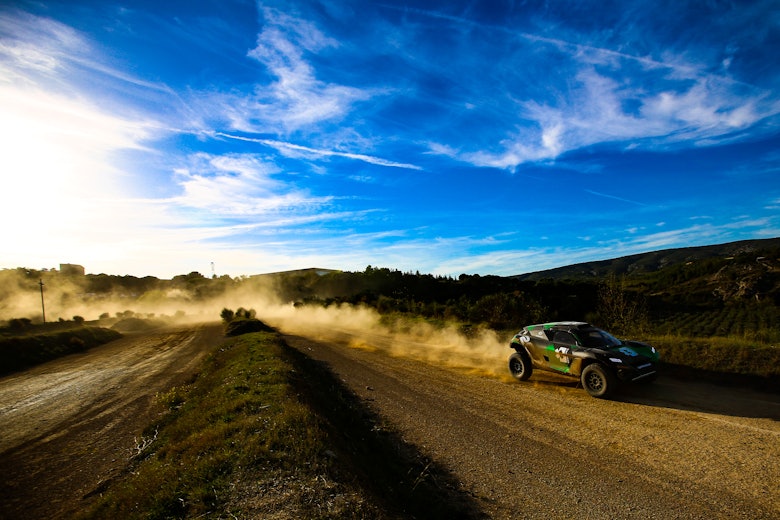
“In France, we focused on the sidewall in these tests as we were imagining that on the places we would drive, there would be a lot of impact on the sidewall of the tire, and we could already feel in France that it was way too soft.
“We had two different type of tire patterns of the tires, but I would say in France, our main topic was trying out different stiffness of the sidewall, tire degradation and seeing how much we could drive on them because in the end we are limited to six tires per event, so it was really important for us to see that it was performing well over a longer time.”
That testing program was supposed to be the first of a series, but due to the outbreak of COVID-19, further development of the CrossContact was curtailed.
Despite this, according to Åhlin-Kottulinsky, what she and Continental had devised as their baseline tire, was almost identical to the tire used in Saudi Arabia.
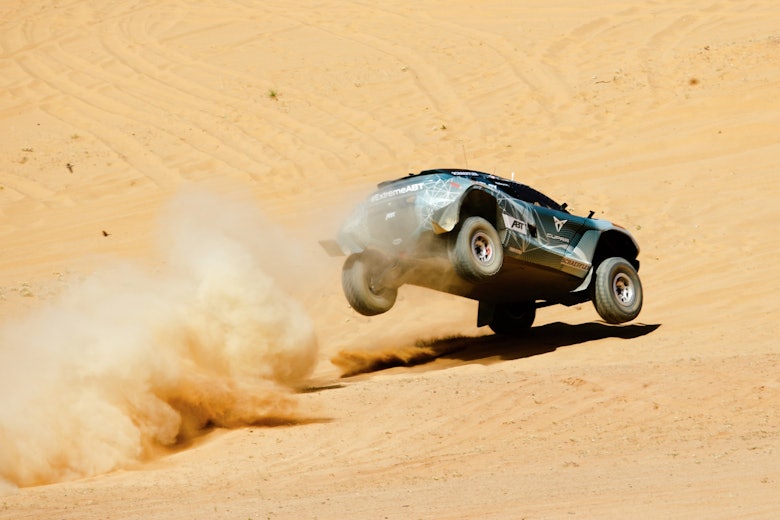
Jain is keen to stress that, to meet the tight deadlines for the start of the Extreme E project, Continental could not afford to build a new tire completely from scratch. With years of experience in constructing off-road tires for conventional SUVs, the company identified the CrossContact as the ideal base product on which to start the proof of concept.
“During 2020 we wanted to do even more testing with the Extreme E car but due to COVID and the really hard restrictions within Germany, it wasn’t possible.
“So, there weren’t that many changes that we did since the testing in France and therefore I’m so happy that it did perform so well in the first event.
Åhlin-Kottulinsky’s relationship with Continental goes back to 2018 when she teamed up with Dutch Olympic speed skating gold medalist Kjeld Nuis to break the world speed skating record.
For that attempt, Nuis was attached to the back of a car, and Åhlin-Kottulinsky knew that getting the right tires for the job was crucial.
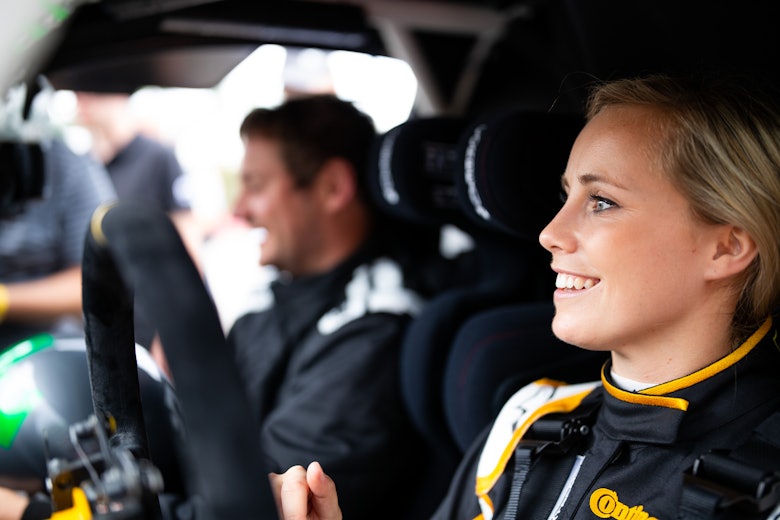
Following this, Åhlin-Kottulinsky became the natural go-to driver to conduct the Extreme E testing program.
“I was going to drive the car and he was going to skate behind and it had to be non-studded tires and I was like ‘OK from everything I know from all the testing that I’ve done as an instructor with different brands, Continental is the best so I need to call them.’
“From then on I started to work with Continental Sweden and then I launched a new winter tire together with Continental headquarters at the beginning of 2019 and during this launch I got really good connection with them. [The testing work I did] was driving on ice with a rally car and after that one I got the call about Extreme E and they asked if I wanted to help them.”
Such is the novelty of Extreme E, that any experience of developing race or road tires almost entirely goes out of the window when it comes to the 1.8 metric ton, 550 horsepower Odyssey 21 machine.
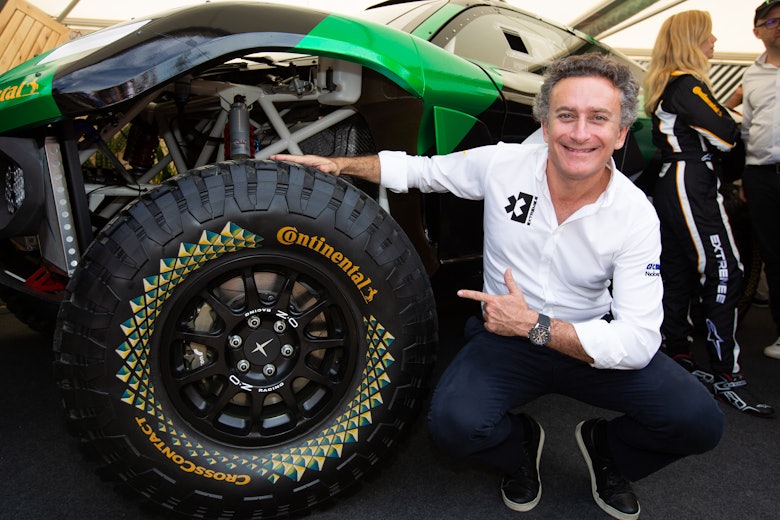
The car is far heavier than most conventional SUVs and finding a tire compound which is fit-for-purpose, durable and high-performance calls for bespoke work from concept to completion in order to meet the right standards.
“For us, the main distinction between an electric drive and a conventional internal combustion engine is energy efficiency,” says Jain.
“Combustion engines typically display much lower energy efficiency than electric motors when converting the incoming energy (the chemical energy in the fuel or battery) into mechanical traction energy.
“The efficiency of combustion engines is limited to a theoretical maximum of around 60% − much lower than the typical efficiency of electric motors, where there is no theoretical limit. In short, the torque generated by the Odyssey 21 exposes the tires to exceptional forces.
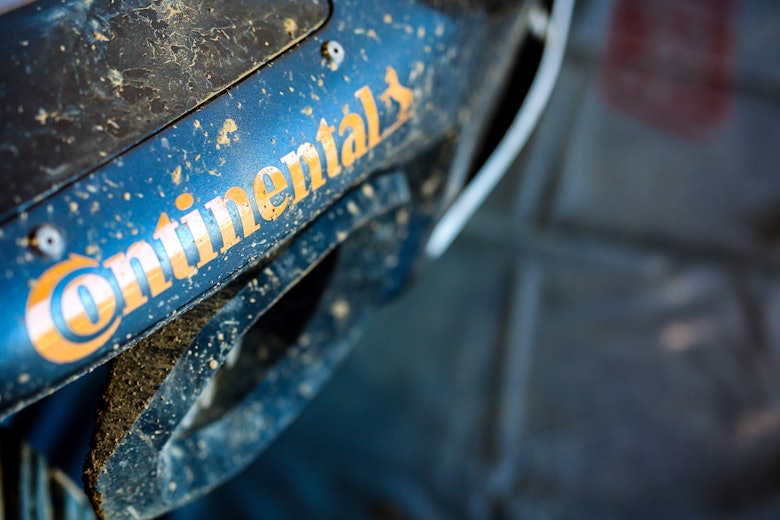
“With this in mind, it was clear from the outset that as well as making the tire robust, we needed to produce the ultimate ultra-high-performance product. We developed a special tread compound and tread profile, which, on the one hand, is particularly resistant to abrasion and damage and, on the other hand, can withstand the combination of weight and high torque.
“Not forgetting, the strong carcass and sidewall of the tire which needs to withstand the load and deformation.”
Although the CrossContact tire has changed little since the first roll-out, there have been fundamental alterations with regards to the sidewall as discovered in the first testing phase in France.
The sidewall has been reinforced to make the tire even more robust and to deliver the required performance under deformation, especially in the face of the various surfaces on the Extreme E calendar.
Continental says that, based on the test results and internal analysis and evaluations conducted both in France and its proven ground in Uvalde, Texas, the tire has been further optimized and adapted accordingly.
That analysis and continual improvement from the Continental engineers is what made its Extreme E bow so impressive.
“Whenever you develop a product and you reach the first event, you are of course really nervous about everything, and how it will go, even though it performed well in the testing.
“I was a bit nervous, so I was really happy to see after the weekend that it was performing so well.
“OK, there was a puncture [in Q1] but there were also some parts on the track we had really edgy rocks and I spoke about those places with Jenson we said, ‘OK we had to avoid these areas that is most likely going to destroy the tire’.
The goal is also for the tire to perform well on all different surfaces; it worked well now in deep sand, so it will be interesting for next weekMikaela Åhlin-Kottulinsky
“It was always a worry for us that you would have too much tire slip and we really didn’t want to have a tire that was going to go off the rims. So, one thing that Continental decided to do for the first event was to have bead lock rims, so that the tire would be secure on the rims on the severe terrain.
“I think that was a good decision to go with the bead lock rims because there is a lot of force on the tire, instant force.
“The goal is also for the tire to perform well on all different surfaces; it worked well now in deep sand, so it will be interesting for next week.”
To tip Åhlin-Kottulinsky and JBXE team-mate Jenson Button for victory in Senegal might be putting a bit too much pressure on the pairing, who have limited testing in their new digs, but the Ocean X-Prix, which will take place at the famous Lac Rose – synonymous with the original incarnation of the Dakar Rally in years past – should be a far more predictable event than the opening round in Saudi Arabia.
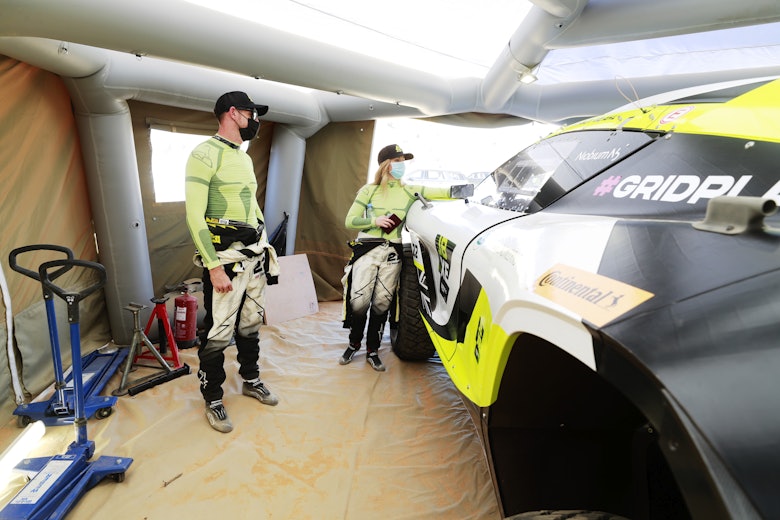
“We hope, and we do actually think that the next events won’t be as challenging and new as it was in Saudi because in Saudi, it was the first time ever for me to drive on sand and on that type of track,” explains Åhlin-Kottulinsky, who only got her first taste of the final Extreme E car and full power in the pre-event test.
“I don’t think that the remaining events are going to be like that,” she says. “I think the rest of the events are going to be a little bit closer to my experience from what I have done before.
“The experience that I have mainly comes from gravel driving in the rallycross that I did for one year and ice driving which I have also done a lot of. And [the] driving [style needed for] the Extreme E car is a lot like ice driving. It has a similar technique to the Extreme E car.
Having performed more than admirably on its first competitive test in Saudi Arabia, the next hurdle for Extreme E’s tires lies on the fast beaches steeped in Dakar history.
More development is expected to be carried out by the end of the year and, with normality seemingly just around the corner in mainland Europe at least, the possibility of improving an already thoroughly impressive tire is eagerly anticipated.





